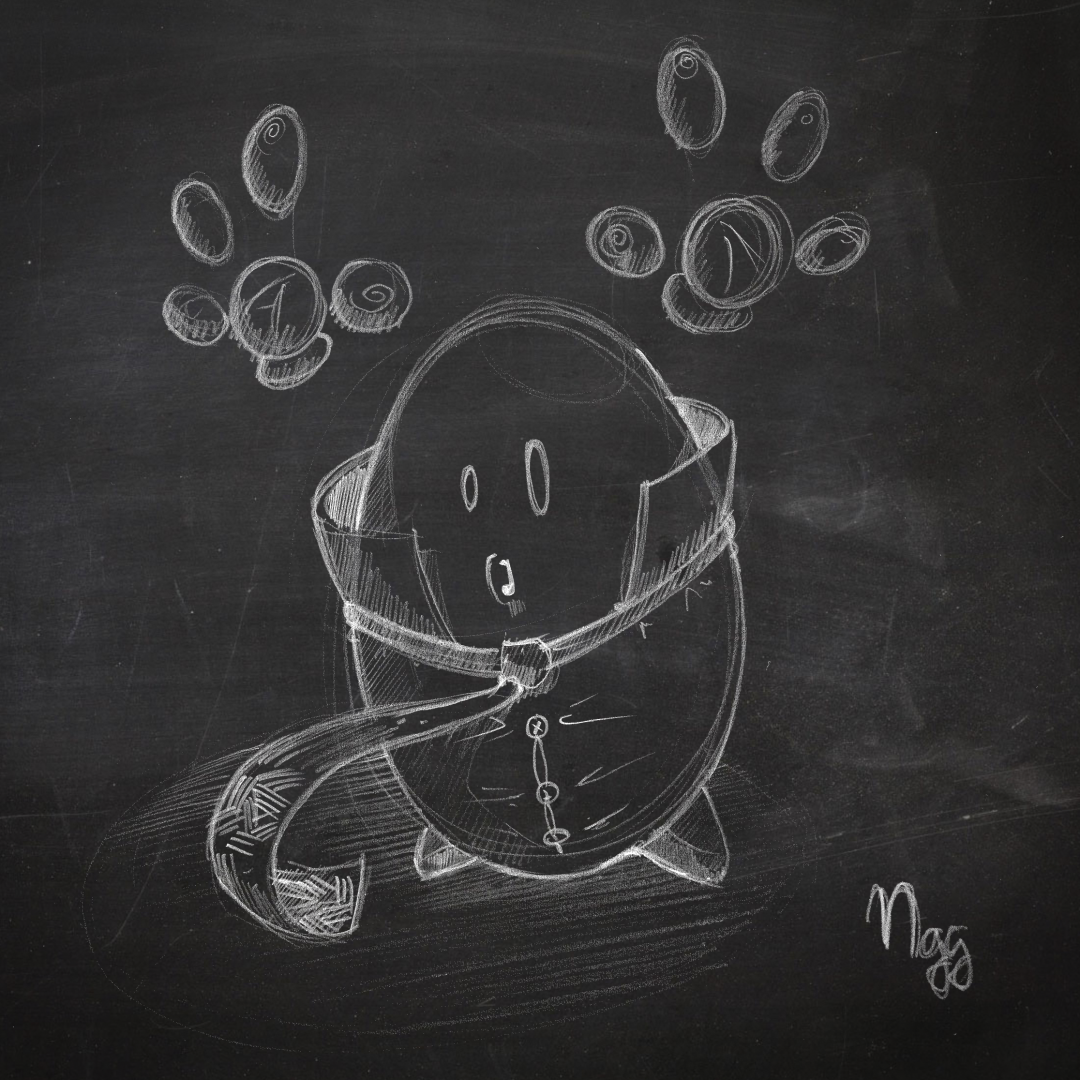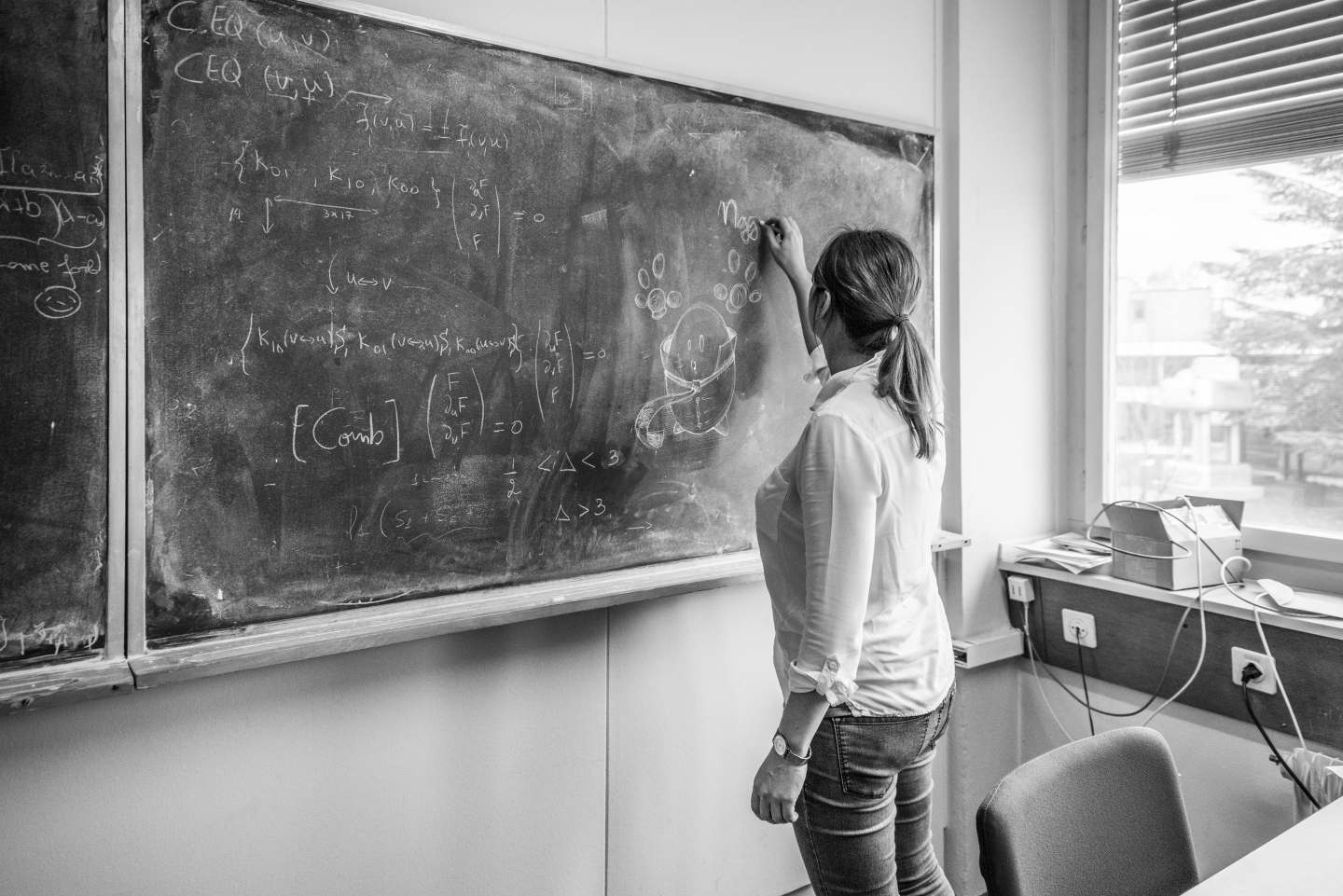Update 2 April 2018: Did you enjoy our April Fools’ day story? If you want to find out more about what is really going on at CERN, check out our recent updates: home.cern
The LHCb experiment at CERN’s Large Hadron Collider (LHC) has announced the discovery of Eggeron ηgg (eta-gg), familiarly known as the “Humpty Dumpty” particle, the smallest lump of nuclear glue.
Hard-boiled scientists herald it as the most important result in particle physics since the discovery of the Higgs boson in 2012. Eggerons, theoretically predicted more than forty years ago, are particles of pure force, constituted only by gluons, the quanta of the strong nuclear force that holds together all matter (protons, neutrons and atomic nuclei).
The ηgg is formed of two gluons and has a mass of 1.8 GeV/c2, about twice the mass of the proton, as predicted by a team of INFN theorists using lattice calculations. It lives for a very short time and then decays into two photons. This feature prompted the name “Humpty Dumpty” – inspired by the character in Lewis Carroll’s Through the Looking-Glass, and What Alice Found There, who falls from a wall and is irretrievably broken into pieces. The LHCb collaboration produced the ηgg by colliding high-energy heavy-ion beams: this generated a tiny region of extremely hot and gluon-rich material, which allowed ηgg to coagulate.

“It is an eggstraordinary result,” explains Giovanni Passalova, chef of the LHCb collaboration and INFN researcher. “It took us some time to unscramble the data but sunny-side up we cracked it. This result was not over easy to achieve and when we started to hunt for the ηgg, we did not believe we could succeed. At one point, we were treading on eggshells to prevent other collaborations from poaching the data. But, at the end of the day, you can’t make an omelette without breaking some eggs. Today, with the discovery of the ηgg, we have finally opened up the path to the great unification between subatomic physics and molecular gastronomy”.
Find out more information in the LHCb experiment article here.

